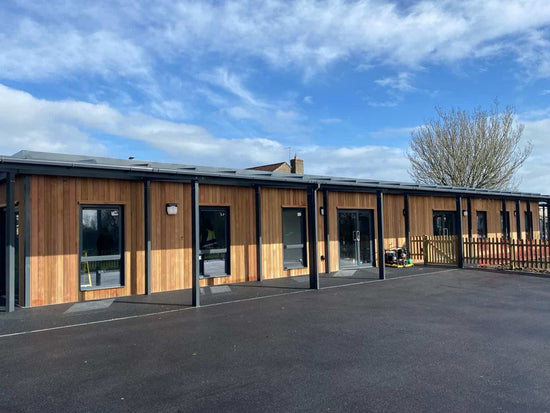It's time for change...
COP26 has accelerated the conversation to drive the global decarbonisation of heavy industries, starting with steel, cement and concrete
Did you know….?
- The production of steel, cement and concrete is responsible for 14-16% of global energy-related CO2 emissions.
- Decarbonizing heavy industry is essential to secure a climate-safe future for humanity.
- 70% of global Greenhouse Gas emissions come from just 5 industry subsectors: cement, steel, aluminium, chemical industry and refining industry.
- Cement is the second most-consumed product in the world after water and the number one of the largest emitters of CO2 in the built environment.
- The Industrial Deep Decarbonization Initiative (IDDI) is one of the largest and most diverse coalitions focusing on rallying governments and the private sector to help create a transparent and equitable global market for low-carbon industrial materials, starting with steel and cement.
- One key area of work is to achieve a globally recognized approach to accounting for embodied carbon of construction materials, from manufacturing, to transport, installation, maintenance and disposal.
What is embodied carbon?
Embodied carbon means all the CO2 emitted in producing materials. The embodied carbon of a building includes all the emissions from the construction materials, the building process, all the fixtures and fittings inside as well as from deconstructing and disposing of it at the end of its lifetime.
The carbon impact of concrete
Concrete is the most widely used construction material in the world and is responsible for 6-10% of global anthropogenic carbon dioxide (CO2) emissions. CO2 is released at two points during cement production: roughly 40% of the CO2 generated is from the burning of fossil fuels in the manufacturing process, and the remaining 60% is from naturally occurring chemical reactions during processing. The proportion of ingredients in a concrete mixture can greatly influence its carbon impact.
The carbon impact of gypsum board
The other factor to consider is that gypsum is widely recyclable once the outer covering is removed. In fact, gypsum can be recycled into the manufacturing of concrete – not the other way around. Of course, getting the correct number of boards from the outset also reduces any waste.
Lastly, the gypsum boards are typically 30% lighter than concrete-based boards and therefore will have less impact when transporting which is crucial considering the lengthy logistics chain involved.
When looking for suppliers for our new external sheathing product - G-board, we knew it was important to consider the environmental impact it would have. G-board is a high-performance external sheathing board designed to transform the building envelope construction. Constructed from a glass fibre mat and a gypsum-based core, not only does it have a lower carbon footprint than its cement-based counterparts it has several great, functional design benefits too!
The design benefits of G-board include:
- Euroclass A1, fully non-combustible, suitable for structures over 18m
- High-performance airtightness
- Increases sound and heat isolation performance.
- Easy to cut using a Stanley knife means no specialist tools are needed
- Site noise and dust reduced
- Can be curved
- Can be attached simply using screws
- Robust and highly impact resistant.
- Easy to get plumb and straight edge surfaces.
- It is faster to install than traditional cement particle boards
- 30% lighter than cement boards make them easy to handle on-site
- Building can be made watertight quickly to enable internal trades to start quicker
- Constructed from materials that will not damage the environment
- Suitable for external sheathing applications on steel or timber frame







